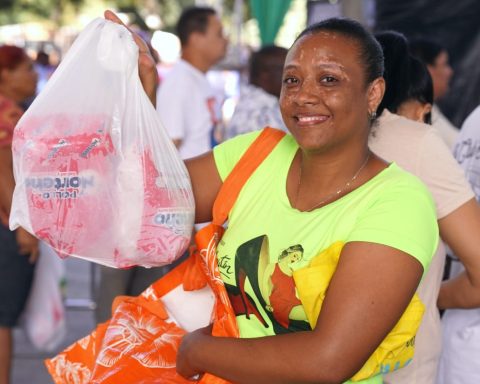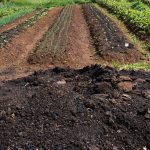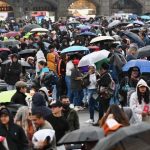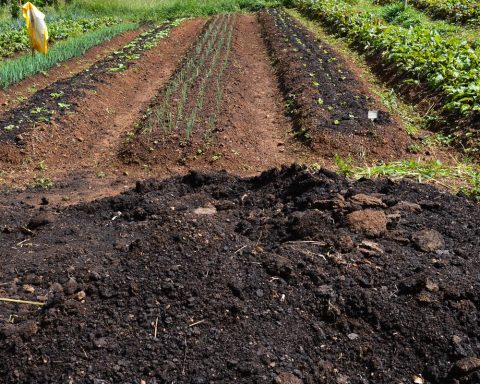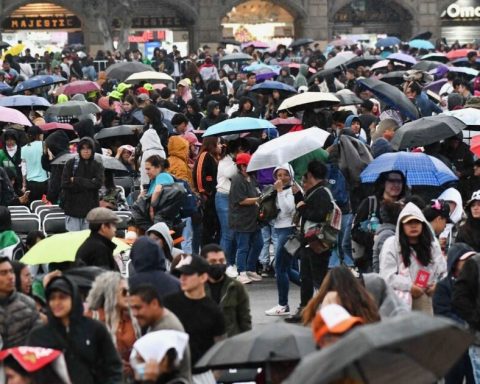I was still vibrating with the memory of the ancient rows of gigantic stones from the Second Temple period, revered by the Hebrews as one of the holiest places in Judaism, and known as the Wailing Wall, when the still blue waters of Tiberias They refreshed my eyes, tired from a long journey that began at the King David Hotel in Jerusalem. In Jericho the sound of the shofar had been heard again. Josué broke the veil of time and blew for me his trumpet that centuries ago had brought down the walls. Pesah Rofe was exercising his patience. We had met on that memorable Friday, December 12, 1975.
He had picked me up at the hotel early in the morning and I barely had time to take a new look, from my room on the third floor, at the ancient and ancient buildings of the old Holy City, half hidden in the mist of a cold dawn and grey.
Tiberias, witness to much of the life of Jesus, was the second leg of a trip that would also take us to the Ayelet Hashahar kibbutz, close to the Syrian border, and one of the most eloquent testimonies of Israeli effort and mysticism, and to the Golan Heights, scene of bloody recent battles. Rofe, a Chilean-born Jewish journalist, seemed happy and interested in helping me. He seemed like he sometimes gave her work. He tried to follow the thread of his calm explanations, making some notes. His voice, tremulous, seemed like a whisper. On the shores of Lake Kineret, or the Sea of Galilee or Tiberias, we visit the sacred places.
In those lands, Christ had multiplied the loaves and fish and had sown the seed of human redemption. Rofe put on his dark glasses to protect himself from the violent glare that the sun, directly overhead, cast from the lake, where boats full of fish were beginning to return. When we went up to the top after noon, to eat, the city seemed covered by a cloak of silence. On the terrace of the restaurant “Doña Gracia” we could hear the sound of the waves, as pleasant as that of the harp. From our table in the restaurant built on the remains of an ancient Roman palace, on the lakefront edge of the old walled city, the view was splendid. Far in the distance, the barely perceptible Golan Mountains closed the horizon. To the north we could make out, covered in snow, Mount Hermon, keeping its biblical memories like a treasure. At its feet the sources of the Jordan flow into the lake, preserving its long useful life.
Three kilometers further on, on a path along the lake, is Capernaum, where Jesus preached to the fishermen and chose his first disciples. Through a picturesque path, bordered by a eucalyptus grove, you reach the village.
On the right, the Franciscan monastery through whose patio there is access to the ruins of the old synagogue, venerated as one of the holy places of the Jewish tradition. There Jesus healed the centurion’s servant, and from its walls preserved in time, it is one of the safest routes to the north of Transjordan.
Miraculously intact, in the courtyard of the old synagogue could be seen various utensils belonging to its former inhabitants and on a wall tilted by the wind the expensive features of a stone engraving with a horn, a symbol of the redemption of the Jewish people, and the sacred candlestick or Menorah. Following a wide road lined with green fruit trees, we reached Kibbutz Ayelet Hashahar, where, at the inn, a few hours later, we dined in the company of a member of the community who spoke to us at length and calmly about their progress, future industrialization plans and the dark days of war, pending, like the air, each day in Jewish life. The next day, we went to the Golan Plateau.
At the Syrian border, a long-haired young Israeli soldier stopped the car, exchanged a few words with Rofe, pointed the muzzle of his automatic rifle at a monument on the top some 250 meters up, and waved goodbye. phrase that I had already heard thousands of times in my five days in the Holy Land: shalom. The word, which means “peace”, is used in Israel in different ways to greet and say goodbye. They have had so little peace in their long lives, in the Diaspora and in Eretz Yisrael, that the Jews crave it as much as the varied usage and meaning of the word.
Following a winding two-lane road, about five kilometers from the border post, the highest part of the hill is reached. Twenty-three kilometers of underground fortifications had been patiently built by Syrians to harass Kibbutz Gadot and other Jewish agricultural colonies over the years. A slender and simple monument erected towards the sky with the names of the Jewish soldiers killed in the last war, symbolizes the price of possession, obtained by blood and fire.
There the tanks and planes did little against the Syrian defenses and it took a bloody infantry assault to take the post. On the clear and sunny morning of Saturday, December 13, 1975, when I set my feet on that arid and probably one of the most conflictive parts of the world, the traces of the war were still evident, in the midst of a gloomy silence barely interrupted by the cold wind blowing. When I was headed towards the small monument, where I could see almost all of the Israeli Galilee, I heard Rofe’s voice behind me say: “be careful, you can step on a mine”.
I thought then that in that lonely and remote place guarded by soldiers in United Nations uniform, the Jews had to continue fighting for their right to the Promised Land.

